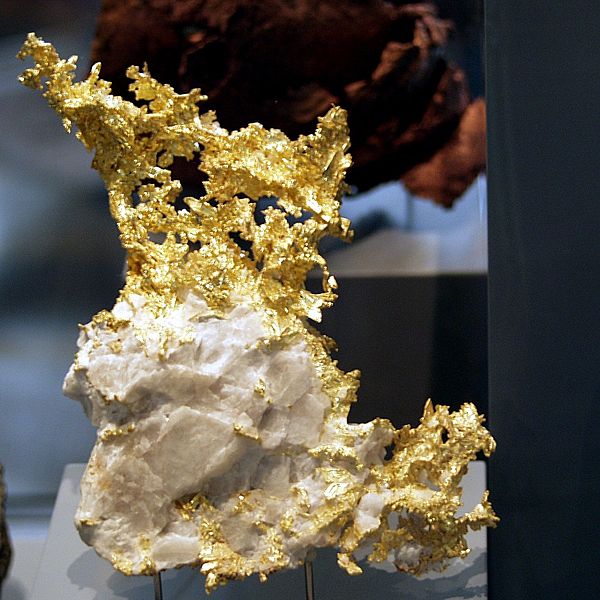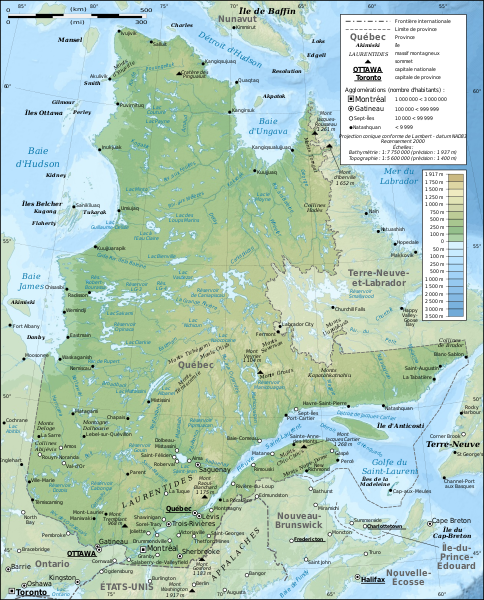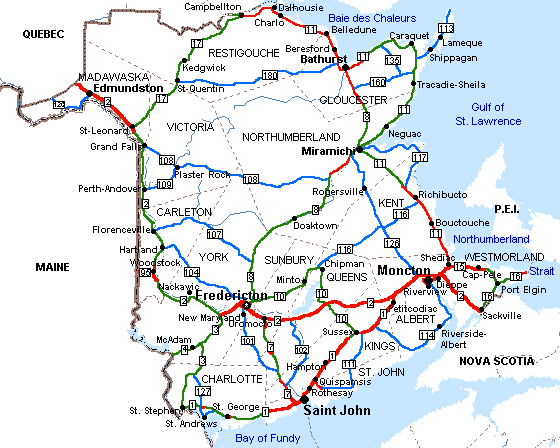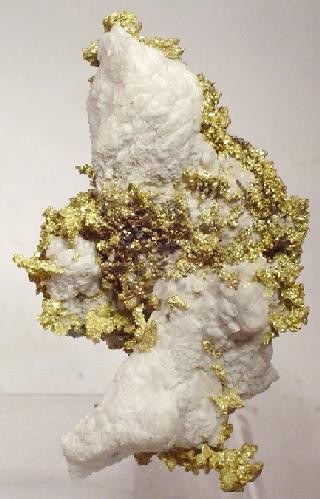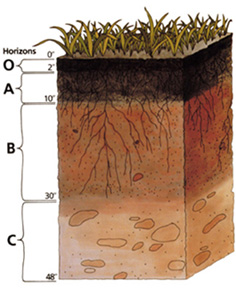Like its better known cousin on the west coast the San Andreas Fault the Norumbega Fault System ranges along the coast from New Hampshire Maine New Brunswick Canada New Brunswick South Carolina
As part of a project undertaken by the Geological Survey of Canada (GSC) in southwestern New Brunswick Poplar Mountain . The gold in this deposit is accompanied with arsenopyrite.
 |
| A quartz vein in grano-diorite. Photo by Walter Siegmond |
This fault is the second largest fault system in the northern Appalachians exceeded by the Ordovician Fault System that under various names goes from Staten Island New York Newfoundland British Isles and into the mountains of western Norway
Gold deposits and other metals have been discovered along both suture zones. The most active place at the present time is in New Brunswick Wales British Isles . Little exploration has occurred for decades because of the difficulty in using ordinary exploration methods on this terrain due to heavy groundcover.
One of the best places to look for mineralization is where two faults join at right angles like the Lake Char Connecticut Worchester MA


